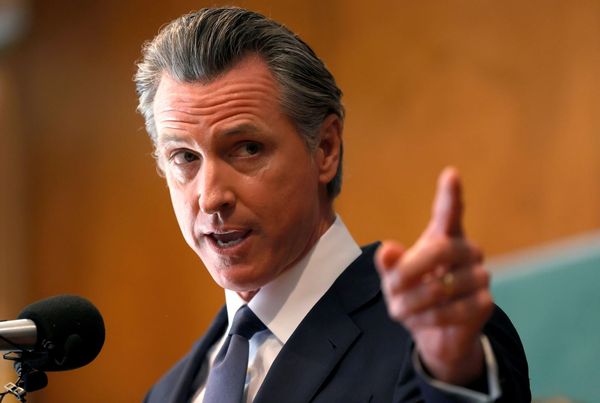
A beaten-down portion of Australia's share market is finally showing signs of a resurgence - one some fund managers say is just getting started.
Smaller corporations on ASX are collectively up 21 per cent year-to-date when including dividends, more than double the 10.1 per cent gains of the overall market thanks mostly to a small-cap surge that began in August and has continued into September.
This year is on track to be the first since 2020 that the Small Ordinaries Index, which tracks about 200 mostly small and mid-cap companies, outperforms the ASX100 consisting of the bourse's 100 biggest corporations.
Small caps - corporations with a market capitalisation of between roughly $300 million and $2 billion - are also showing signs of life globally.

The US Russell 2000 small cap index in August posted its best month since November 2024 following the US Federal Reserve's dovish pivot, according to State Street Investment Management.
"There's been a perfect correlation between interest rate hiking and the discount attached to small caps," Francisco de Juan, managing partner and chief investment officer at Alantra Asset Management, told reporters in Sydney this week.
"The discount has been a massive underperformance in the last 24 months of small caps to large caps, in a world where, of course, the banks have done particularly well because of the (rate-cutting) cycle."
Research from the CME Group, the US financial services company that runs the Chicago Mercantile Exchange and other derivatives marketplaces, indicates small caps tend to outperform during recessions and the early stages of an economic recovery, while large caps do better during the later stages of an economic expansion.
"The relative moves can be very large," the group's chief economist, Erik Norland, noted in a June report.
The Russell 2000 outperformed the S&P500 by 44 per cent from March 2020 to March 2021, in the early stages of the post-pandemic recovery.
In the four years since, however, the S&P500 had bettered the Russell by 69 per cent, Mr Norland said.
Part of the reason may have to do with interest rate sensitivity.

Smaller companies borrow from banks, typically at floating rates, while larger ones issue their own bonds at fixed interest rates with an average duration of over six years.
This means big companies are insulated somewhat from the effects of rate hikes but don't benefit as much from cuts.
Economists believe Australia and most of the rest of the world is midway through a rate-cutting cycle, with most expecting that by the middle of 2026 the Reserve Bank will have cut rates twice more while the Fed will have done so three more times.
Wilsons Advisory equity strategist Greg Burke said in a report on Wednesday that while the ASX's small caps had outperformed its large caps since the RBA started its easing cycle in February, valuations had yet to overrun and still provided an attractive entry point.
"Small cap valuations are far from overextended," he wrote.
Mr Burke cautioned, however, that he didn't recommend just buying a small-cap index as there were good opportunities that stood out among the lower quality names at the small end of the market.
He highlighted animal feed manufacturer Ridley Corp and medical device infection solutions company Nanosonics as two smaller names he was keen on.







